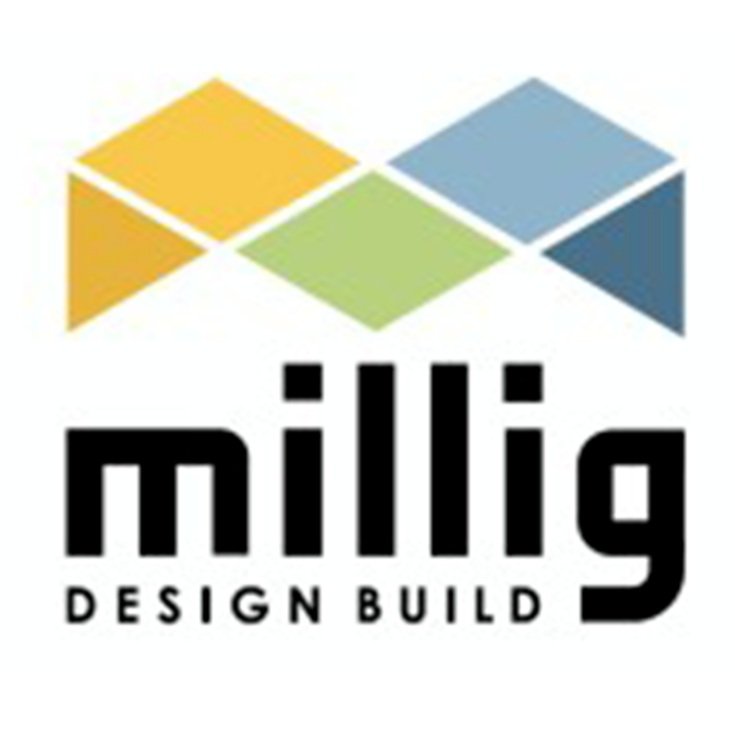
By Amy McVey
Choosing the Best
Construction Project Delivery Method
A successful construction project is significantly influenced by the chosen delivery method. However, with a plethora of options such as Design-Bid-Build (DBB), Construction Manager At Risk (CMAR), Construction Management Multi-Prime (CMMP), Design-Build (DB), and Integrated Project Delivery (or Progressive Design-Build), picking the best for your project might feel like navigating through a complex maze. This guide aims to simplify this decision by presenting the key advantages and disadvantages of each of these project delivery approaches.
Design-Bid-Build (DBB)
The Design-Bid-Build method has historical roots dating back to the mid-1800s, a time when corruption in the construction industry was rampant. "Low bid" requirements were implemented to safeguard taxpayers and owners from corrupt practices by public officials.
Despite seeming to yield the lowest price, the DBB method often doesn't provide the best value, particularly for complex renovation projects. The prime reason is the siloed project delivery under different contracts, limiting communication during the design phase between Architect/Engineer (A/E) designers and the construction team. This lack of interactivity can lead to inefficiencies and higher project costs due to the absence of builder feedback on cost-effective construction methods.
Furthermore, DBB projects can be prone to change orders, potentially accounting for 8-15% of capital construction costs on major projects. This unanticipated financial burden can be devastating for project budgets. Also, the sequential process inherent in DBB often results in a prolonged project delivery timeline.
Construction Manager at Risk (CMAR)
While the CMAR method follows a similar design-build process as DBB, it has the advantage of early contractor costing and constructability input, resulting in quicker project delivery. However, there's no single accountability source in this model, potentially causing blame games between designers and contractors if issues occur. With the owner assuming the risk, costly change orders can again be a significant concern.
Construction Manager Multi-Prime (CMMP)
In the CMMP delivery method, the owner steps into the role of a general contractor, drawing up separate contracts with design team members and major trade contractors. While this method offers owners more control, it’s best suited for owners with substantial time and experience managing construction projects.
Design-Build (DB)
Over the past twenty years, design-build construction has gained considerable popularity, with almost half of America's construction dollars expected to be spent on design-build projects this year, as per the Design-Build Institute of America.
In a design-build construction project, a unified team collaboratively develops solutions that align with the owner’s goals and budget constraints. Early contractor costing and constructability input are sought during the design phase, allowing the owner to engage with all contracted participants before the construction project begins. This early involvement usually results in lower costs, elimination of waste, and reduced risks.
Integrated Project Delivery (IPD)
While similar to Design-Build in many respects, Integrated Project Delivery involves all key parties — owners, design engineers, and construction management — in every phase of the build. The benefits of IPD include:
Reduced project complexity
Lower project cost
Shortened project delivery schedule
Greater efficiency
More quality control
Less risk for owners
A more enjoyable experience
Our integrated approach to systems-based retrofits brings all members of the team together early in the design process. By seeking feedback from our experienced construction management and project performance teams, trade partners, and community stakeholders, we can refine our design decisions and identify synergies to minimize cost and project risk.
Owners manage one contract with a single point of accountability. Millig serves as the designer, general contractor, and commissioning agent, which allows us to guarantee the project cost and system performance, and energy savings (if desired). Every step of the way, we prioritize open communication, collaboration, and delivering exceptional results for our clients.
About Amy McVey
Amy is passionate about increasing the environmental quality of the built environment and lowering the impact buildings have on climate change. As the Director of Marketing, Amy works closely with Millig Design Build’s interdisciplinary team to elevate thought leadership around energy efficiency, building health and safety, indoor air quality, and decarbonization. Before helping start Millig Design Build, Amy worked in advertising as a creative director.
OUR SOLUTIONS
Heating, ventilation, and air conditioning
Smart meters and building controls
On-site solar and other renewable energy systems
LED lighting retrofits
Building envelope improvements
Water systems
CHP-Cogeneration
And more
CONTACT US


